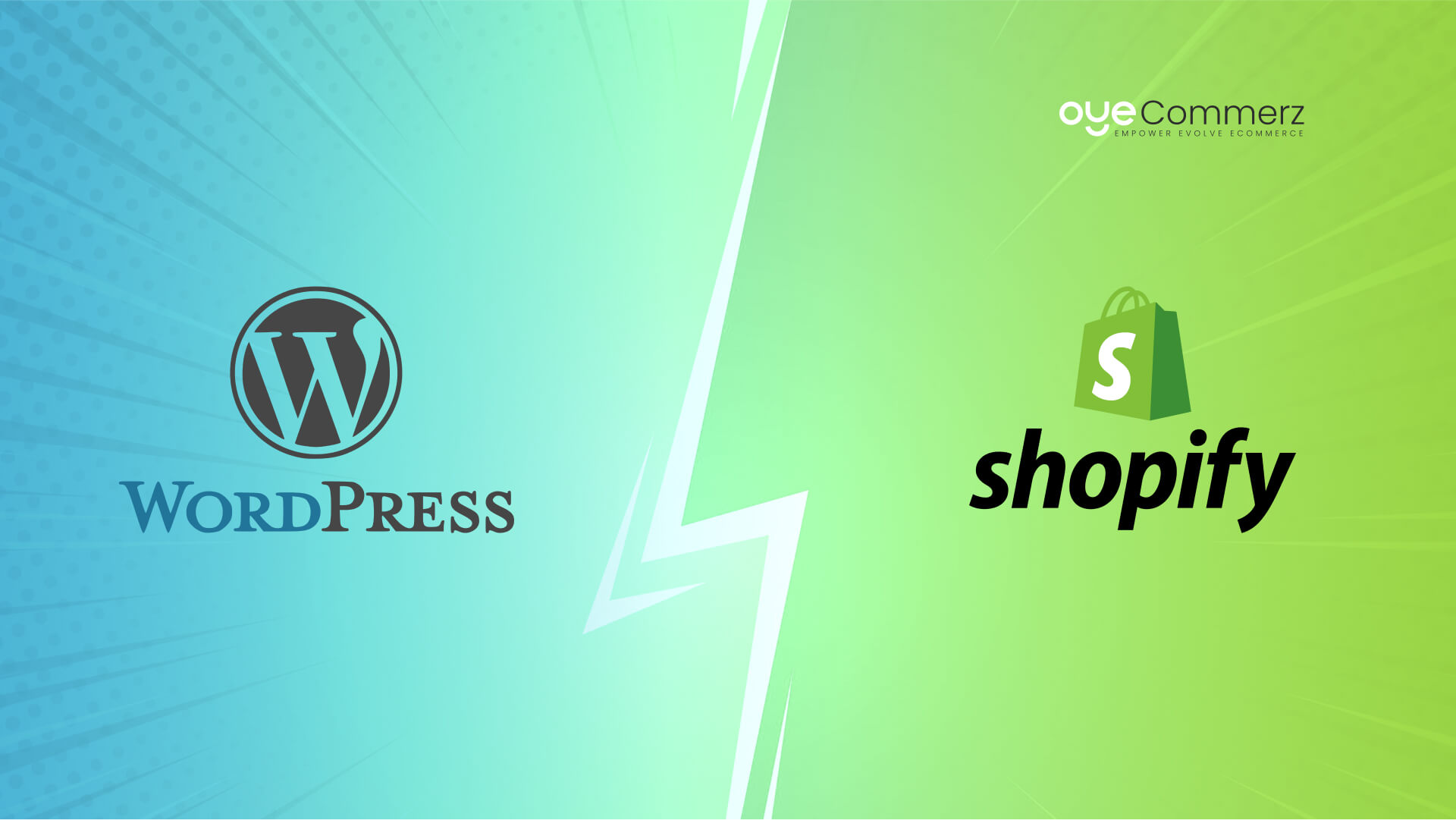Shifting from WP to Shopify is an exciting step in optimizing your e-commerce processes. As businesses grow, choosing a solution that aligns with scalability, user experience, and flexibility is essential. Shopify has emerged as a preferred choice for e-commerce professionals, offering unmatched adaptability, security, and user-friendliness. In this guide, we will delve into the transformative impact of this migration, discuss the advantages, and provide practical tips to ensure a seamless move.
1. Why Migrate from WP to Shopify?
WordPress, paired with WooCommerce, continues to support countless online stores. However, as companies expand, issues like plugin dependency, data risks, and technical complexities can hinder growth. Shopify, designed explicitly for digital retail, eliminates these concerns with an comprehensive, user-friendly platform. Real data supports this transition—Shopify powers over 4.4 million stores globally, with a reported 10% boost to sales conversion rates for many businesses post-switch.
2. Key Benefits of Shopify for E-commerce Success
Shopify’s powerful platform caters for scaling brands. Its notable benefits include:
- Seamless Customization: Shopify offers over 80 expertly crafted themes.
- Built-in Features: Features like Shopify Payments and integrated SEO streamline operations.
- Global Reach: Currency versatility and regional customization empower businesses to expand internationally.
Additionally, Shopify boasts an availability percentage of 99.98%, guaranteeing your website remains accessible.
3. Getting Ready for Your WP-to-Shopify Transition
Before migrating, assess your existing setup. Analyze inventory details, customer details, and search engine rankings. Resources such as Shopify’s Migration Kit or external tools can simplify this process. Develop a detailed strategy, making sure all assets—product descriptions, media files, and articles—are ready for seamless import.
4. Data Migration: A Critical Step
Data migration is a cornerstone of a smooth transition. When moving from WP to Shopify, prioritize:
- Product Information: SKU, descriptions, and categories.
- Client Information: Emails, purchase records, and preferences.
- SEO Optimization: Preserve meta tags, URLs, and redirects to maintain search rankings.
Use tools such as LitExtension to facilitate seamless migration while reducing mistakes.
5. Customizing Your Shopify Store
Post-migration, customizing your Shopify store ensures it aligns with your brand. Utilize Shopify’s drag-and-drop editor to design pages effortlessly. Shopify's themes are optimized for all devices, providing a seamless UX across platforms—a key point, since 74% of online shopping is generated by mobile users.
6. How to Protect Your SEO Rankings When Switching Platforms
Search engine optimization is crucial for maintaining your visibility during migration. Shopify is highly optimized for search engines with organized link formatting, preloaded features, and smooth content management. Make sure you:
- Set E-commerce platform migration up URL forwarding for existing links.
- Enhance updated content with targeted phrases.
- Leverage plugins like Plug in SEO to monitor performance post-migration.
7. Essential Tests After Migrating to Shopify
Once the migration is complete, run detailed checks.
Check: - Page load times (Shopify boasts faster speeds compared to WP).
- Payment integration reliability and transaction flow.
- Mobile responsiveness.
Testing guarantees your store delivers a smooth shopping journey from the start.
8. Real-Life Success Story
An example of effective platform switching is Gymshark, a sportswear company that transitioned to Shopify. Post-migration, the company saw a 60% boost in mobile sales and reduced site downtime. This highlights the capabilities of Shopify in enhancing e-commerce growth.
9. Challenges and Solutions
Migration comes with challenges, such as information accuracy and adjusting tailored features. However, Shopify’s robust support and third-party experts simplify the process. Collaborating with experienced Shopify developers ensures a trouble-free transition.
10. Starting Your Journey with Shopify
Switching from WP to Shopify represents a forward-thinking decision to e-commerce. By addressing scalability, streamlining operations, and improving buyer satisfaction, Shopify empowers businesses to thrive in challenging industries.
Conclusion
Switching from WP to Shopify is a strategic move that can significantly boost your online business performance. With a robust migration plan, the right tools, and professional guidance, you can unlock new success milestones.
Excited to start the journey? Reach out today to learn how our Shopify migration services can transform your e-commerce platform. Get in touch today, or Migrate from WordPress to Shopify ask yourself: Can your business afford to miss out on Shopify’s growth potential?
